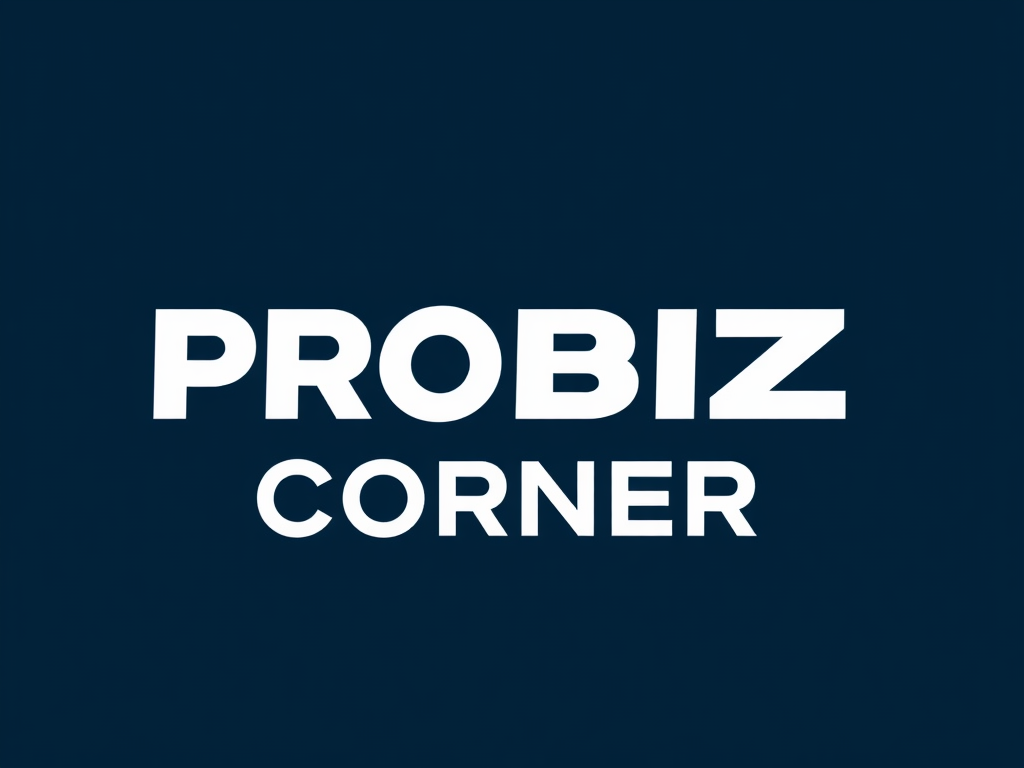Enhancing Diversity and Inclusion: A Comprehensive Guide for UK Organizations
In the ever-evolving landscape of UK businesses, fostering a culture of diversity and inclusion is no longer a nicety, but a necessity. This guide is designed to help organizations evaluate and elevate their diversity and inclusion efforts, ensuring they create a workplace where every employee feels valued, included, and empowered to contribute their best.
Understanding Diversity and Inclusion in the UK Business Context
Diversity and inclusion are interlinked but distinct concepts. Diversity refers to the various differences among individuals, including race, gender, age, sexual orientation, disability, and socio-economic backgrounds. Inclusion, on the other hand, involves creating a workplace culture where these differences are acknowledged, celebrated, and integrated into the fabric of the organization.
Topic to read : Top strategies for boosting workplace mental health awareness in the uk
UK businesses operate under a robust legal framework that promotes diversity and inclusion. The Equality Act 2010 is a cornerstone of anti-discrimination legislation, mandating equal opportunities for all and guiding companies to implement inclusive practices. This legal framework is crucial in dismantling barriers and fostering a supportive environment[1].
Developing a Diversity and Inclusion Strategy
Creating a comprehensive diversity and inclusion (D&I) strategy is essential for any organization aiming to leverage the full potential of its diverse workforce. Here are some key steps to develop an effective strategy:
Also to read : Unlocking team synergy: top strategies for uk managers to boost collaboration
Designing an Action Plan
The first step is to design an action plan that outlines clear objectives and actionable steps. This plan should align D&I initiatives with overall business goals, ensuring that efforts contribute to the organization’s success. For instance, Forsters, a law firm, has a D&I strategy that focuses on four main areas: attracting and retaining diverse talent, harnessing the power of a diverse workforce, improving performance, and widening access to the legal profession[5].
Stakeholder Engagement
Engaging employees, management, and other stakeholders is crucial for fostering a shared understanding and commitment to diversity objectives. This collaboration ensures that D&I initiatives are integrated into core business processes and reflect the values of all involved. As Sarah Gregory, Head of Equality, Diversity & Inclusion at Creative UK, noted, “It has never been more important to shine a light on the benefits and value of acting in pursuit of greater equality, diversity and inclusion in the creative and cultural sector”[2].
Aligning Initiatives with Organizational Goals
Identifying areas where diversity can drive innovation, improve problem-solving, and enhance creativity is vital. These areas become focal points for action and can justify the resources allocated to D&I efforts. For example, the EY report highlights how strategic DE&I interventions can create measurable impact and foster a culture of belonging for all employees, thereby driving innovation and productivity[3].
Regular Review and Adjustment
It’s essential to regularly review and adjust the action plan to reflect evolving business landscapes and diversity challenges. This adaptability allows organizations to remain proactive in nurturing an inclusive workplace culture. As Vincent Keaveny, Chair of Progress Together, emphasized, “By leveraging evidence-based approaches and fostering collaboration, businesses can help build workplaces that reflect the communities they serve while driving long-term success”[3].
Best Practices for Implementing Diversity and Inclusion
Implementing diversity and inclusion requires a focused deployment of best practices tailored to the unique organizational landscape.
Recruitment and Hiring Practices
Adopting diversifying recruitment channels is essential. This can include partnerships with minority-focused recruitment agencies or utilizing platforms designed to reach underrepresented groups. For instance, Forsters uses tools like Rare Recruitment contextualized data and disabilityjob.co.uk to ensure they are looking at the widest pool of talent possible, particularly applicants from under-represented communities[5].
Training and Development
Training and development programs are paramount for enhancing cultural competency and awareness of unconscious biases. Workshops and continuous education initiatives equip employees with the skills to work effectively within a diverse team. The EY report recommends providing training for managers and business leaders on inclusive behaviors, focusing on practical knowledge to build confidence when discussing sensitive topics[3].
Inclusive Workplace Policies
Formulating inclusive workplace policies is key to measured success. These policies should reinforce equality and provide a roadmap for addressing discriminatory practices. Implementing clear, actionable guidelines reassures employees of the organization’s commitment to sustaining an inclusive environment. For example, techUK’s guide for UK business leaders includes a step-by-step resource guidance to help organizations adopt and deliver better inclusion, fairness, opportunity, and value for every employee[4].
Success Stories of Diversity and Inclusion in UK Businesses
Examining case studies of successful D&I initiatives provides valuable insights into what works and why.
Case Study: Creative UK
Creative UK launched the Create Diversity EDI hub to combat the fall in diversity across creative industries. This initiative includes over 40 case studies from organizations like SKY, The V&A Museum, and The PRS Foundation, highlighting how diversity creates better ideas, better content, and better business performance. The V&A Museum, for example, developed a comprehensive 3-year EDI strategy covering all functions of the organization, which has led to significant organizational change and improved morale and productivity[2].
Case Study: Forsters
Forsters’ D&I strategy focuses on attracting and retaining diverse talent, harnessing the power of a diverse workforce, and widening access to the legal profession. By using tools like Collaborative Mentoring, they foster a sense of belonging and inclusivity, ensuring everyone feels able to reach their potential. This approach has helped Forsters improve performance and deliver the benefits of varied ways of thinking[5].
Practical Recommendations for UK Organizations
Here are some practical recommendations to help UK organizations enhance their diversity and inclusion efforts:
Assess Organizational Culture
Assess the organizational culture to understand the lived experience of teams and provide training for managers and business leaders on inclusive behaviors. This helps in building a culture of inclusivity at all levels of the business.
Use Data-Driven Insights
Use diversity-related data to inform decision-making and target specific D&I projects. For example, Forsters aims to gather and use diversity-related data to understand the retention rate of employees from under-represented groups and address any disparities[5].
Foster Inclusive Leadership
Promote inclusive leadership by ensuring that leaders understand and support D&I initiatives. Visible support from senior leadership, as seen in the case of Company X, encourages employees to embrace diversity as part of the company ethos[1].
Address Discrimination and Bullying
Implement clear policies and procedures to address discrimination, bullying, and harassment. This includes providing a safe and confidential reporting mechanism and ensuring that all employees understand the consequences of such behaviors.
Promote Social Mobility
Support social mobility initiatives such as mentoring, apprenticeships, and work experience programs. These initiatives help in widening access to various professions and ensuring that opportunities are available to people from all backgrounds.
Table: Key Components of a Comprehensive D&I Strategy
| Component | Description | Examples |
|---|---|---|
| Recruitment and Hiring | Diversify recruitment channels to reach underrepresented groups. | Partnerships with minority-focused agencies, use of platforms like disabilityjob.co.uk[5]. |
| Training and Development | Provide training on inclusive behaviors and unconscious biases. | Workshops, continuous education initiatives[3]. |
| Inclusive Workplace Policies | Formulate policies that reinforce equality and address discriminatory practices. | Clear guidelines, confidential reporting mechanisms[4]. |
| Data-Driven Insights | Use diversity-related data to inform decision-making. | Analyze retention rates, target specific D&I projects[5]. |
| Inclusive Leadership | Promote inclusive leadership and ensure leader support for D&I initiatives. | Visible support from senior leadership, leadership training[1]. |
| Addressing Discrimination | Implement policies to address discrimination, bullying, and harassment. | Safe reporting mechanisms, consequences for such behaviors[4]. |
| Social Mobility | Support initiatives that widen access to professions. | Mentoring, apprenticeships, work experience programs[5]. |
Quotes from Industry Leaders
- Anna Anthony, EY UK & Ireland Regional Managing Partner: “Diversity, equity and inclusion are not just ethical values – they are critical drivers of innovation, productivity, and economic growth. By fostering inclusive workplace cultures that value differences and amplify the voices of underrepresented groups, we can all help to create a UK business environment where creativity flourishes, individuals thrive, and everyone benefits.”[3]
- Sir Trevor Phillips, Chair of Change the Race Ratio: “The fact that there are questions being asked about the value of diversity and inclusion programmes is a sign, not that we should do less, but that we should do more – and do better. Both workforces and customers are more diverse, and more aware of their differences than ever.”[3]
- Ali Jafarey, Equality, Diversity and Inclusion Lead, The Victoria & Albert Museum: “The V&A aims to become a truly open, tolerant and diverse organisation: a place where everyone feels welcome and we recognise this means doing more to foster an inclusive culture, both for our people and our visitors.”[2]
Actionable Advice for UK Organizations
Create Staff Networks
Establish staff networks that provide a platform for employees from diverse backgrounds to connect, share experiences, and support one another. These networks can help in fostering a sense of belonging and inclusivity.
Address the Pay Gap
Implement policies to address the gender pay gap and other pay disparities. Conduct regular pay audits and ensure that equal pay for equal work is a core principle of the organization.
Celebrate Diversity
Celebrate diversity within the organization through various events and initiatives. This helps in raising awareness and promoting inclusivity across the workforce.
Engage with External Organizations
Partner with external organizations to deliver initiatives that support social mobility and diversity. For example, working with organizations that provide mentoring and apprenticeship programs can help in widening access to various professions.
Enhancing diversity and inclusion is a journey, not a destination. It requires a commitment to creating a workplace culture that values and celebrates differences. By developing a comprehensive D&I strategy, engaging stakeholders, and implementing best practices, UK organizations can foster an inclusive environment that drives innovation, productivity, and long-term success.
As organizations navigate this journey, it is crucial to remember that diversity and inclusion are not just ethical values but strategic drivers of business success. By leveraging evidence-based approaches and fostering collaboration, businesses can build workplaces that reflect the communities they serve, ensuring that everyone benefits from a diverse and inclusive environment.











